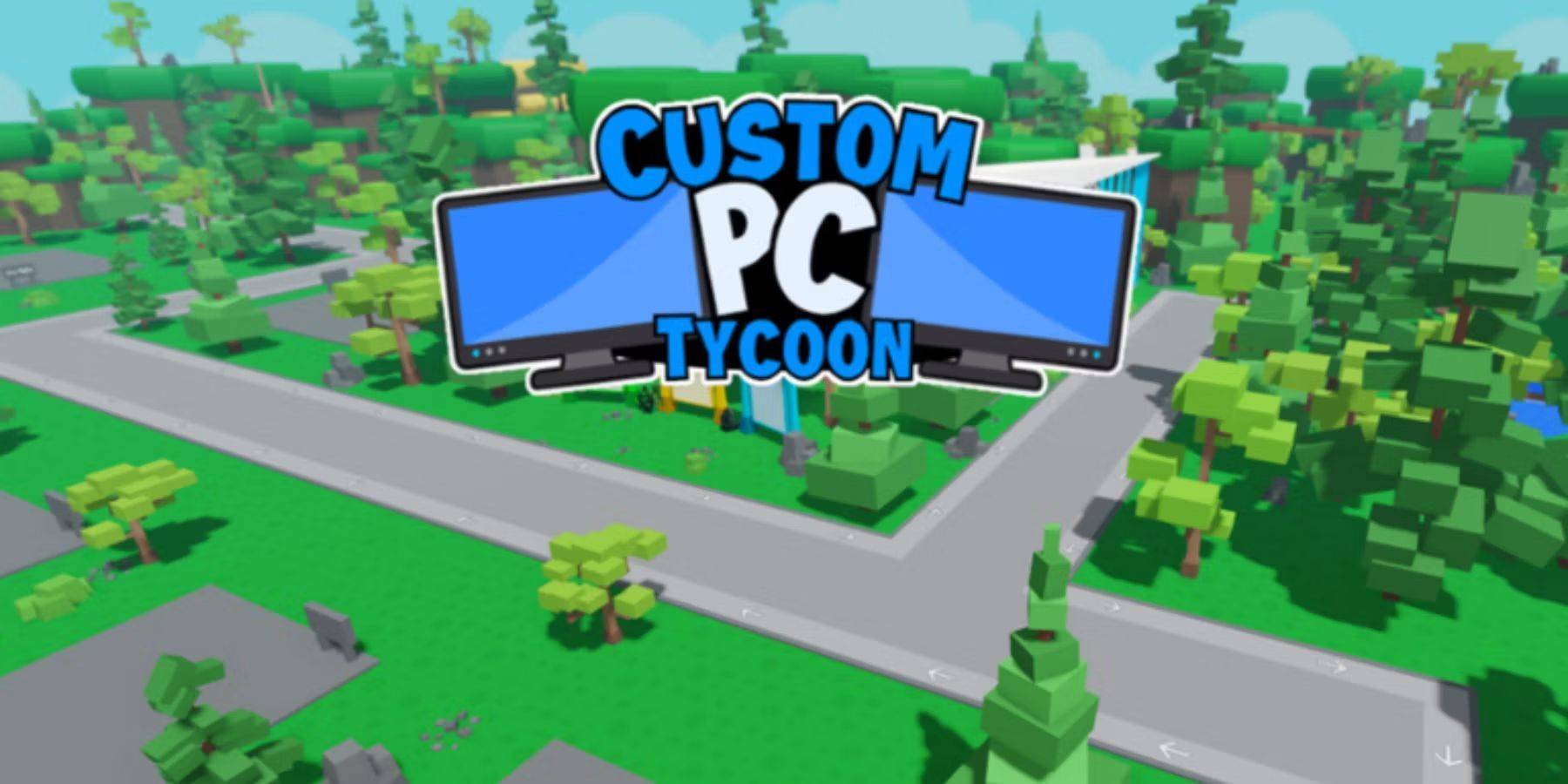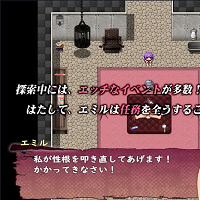For the last couple of generations, AMD has been striving to compete with Nvidia at the high end of the graphics card market. However, with the AMD Radeon RX 9070 XT, Team Red has strategically shifted its focus, conceding the ultra-high-end to the RTX 5090 while aiming to deliver the best graphics card for the majority of gamers—a goal it absolutely achieves.
The AMD Radeon RX 9070 XT is a $599 graphics card that impressively goes head-to-head with the $749 GeForce RTX 5070 Ti. This alone positions it as one of the top GPUs available today, but AMD enhances its appeal with the introduction of FSR 4, marking the first time AI upscaling is available on an AMD graphics card. This makes the RX 9070 XT the ideal choice for 4K gaming, especially for those who aren't looking to spend $1,999 on the RTX 5090.
Purchasing Guide
----------------The AMD Radeon RX 9070 XT will be available starting March 6, with a starting price of $599. However, be aware that prices may vary due to third-party cards that could cost more. It's advisable to aim for a price under $699.
AMD Radeon RX 9070 XT – Photos
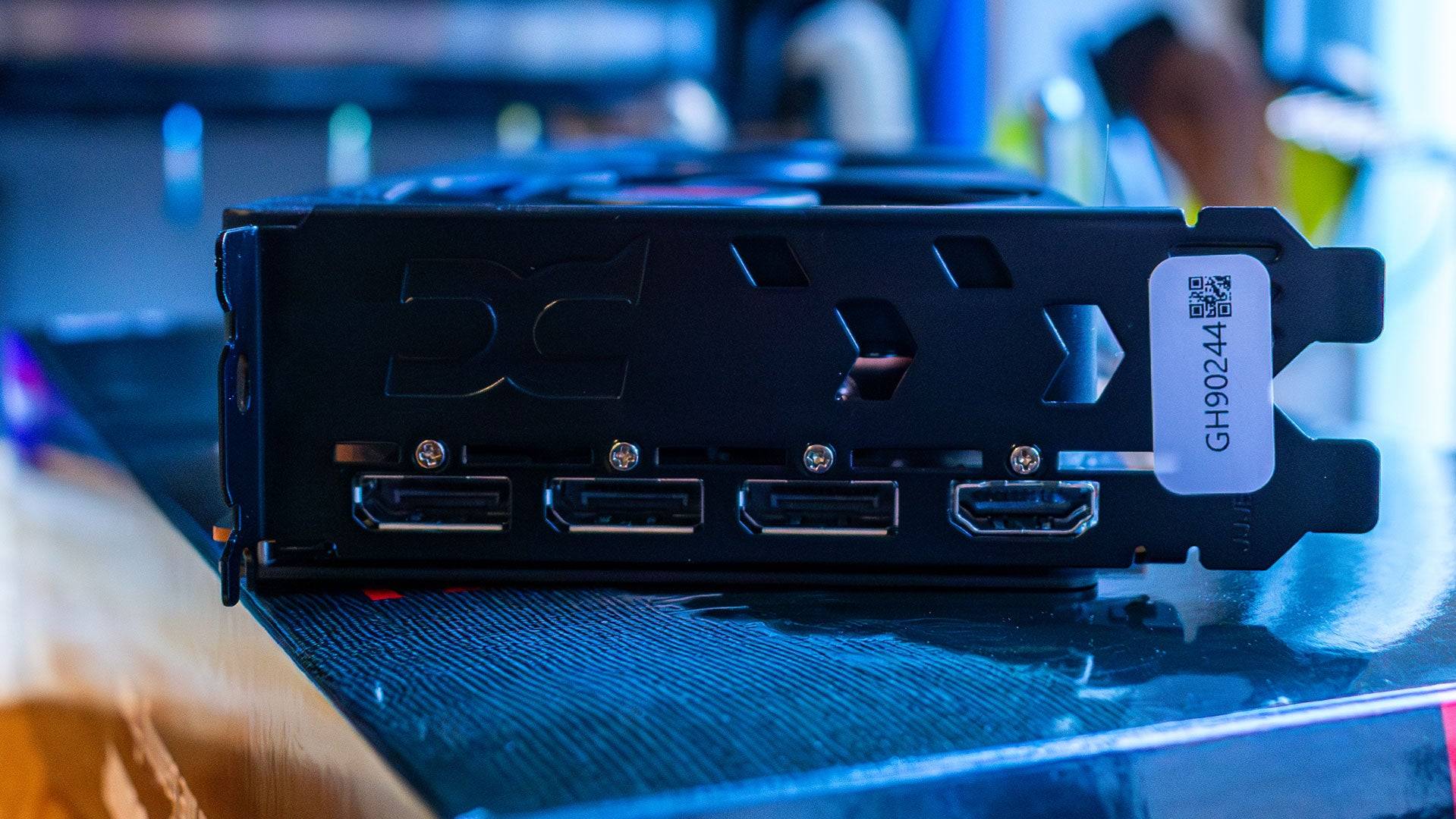
 4 Images
4 Images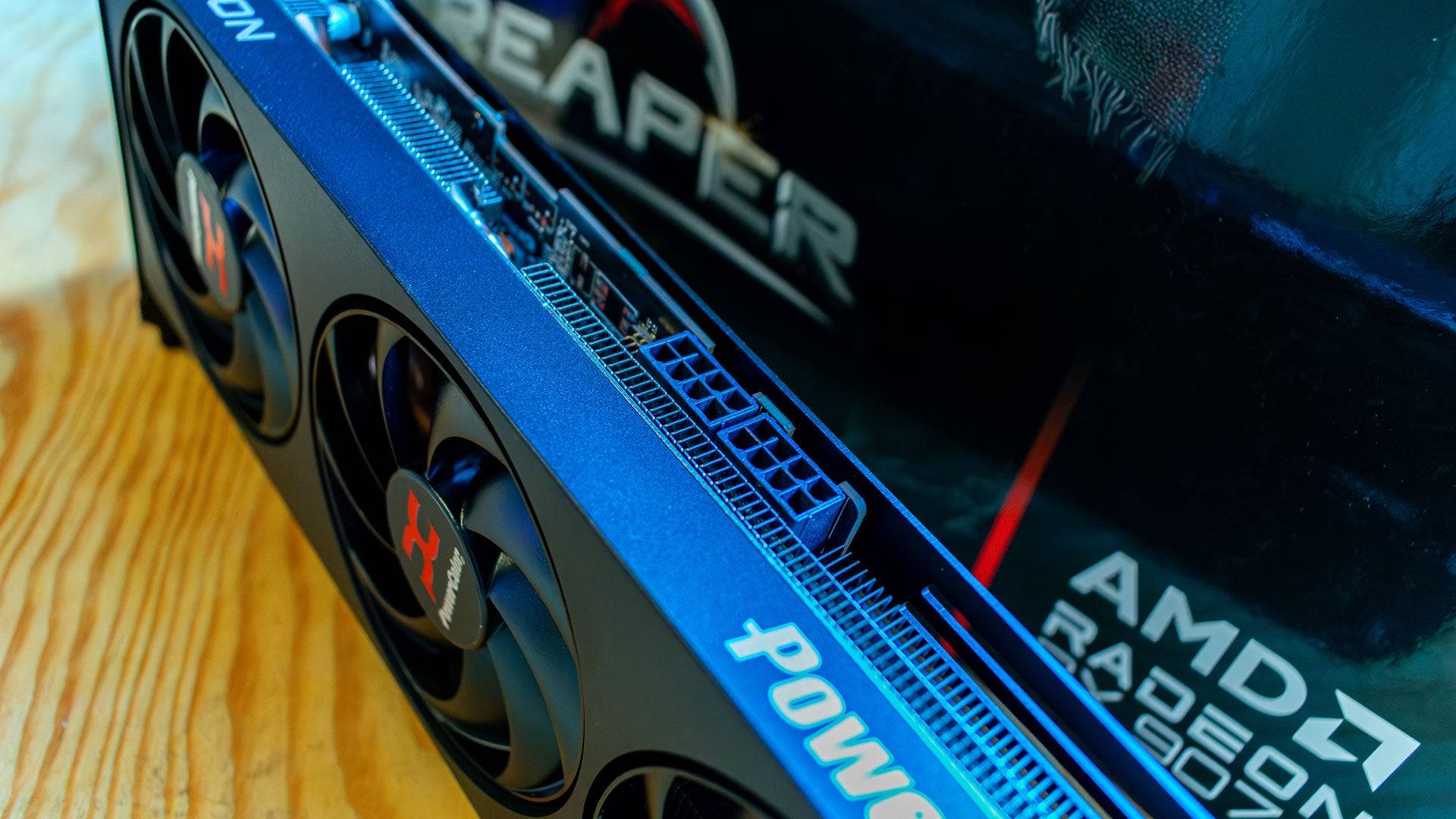
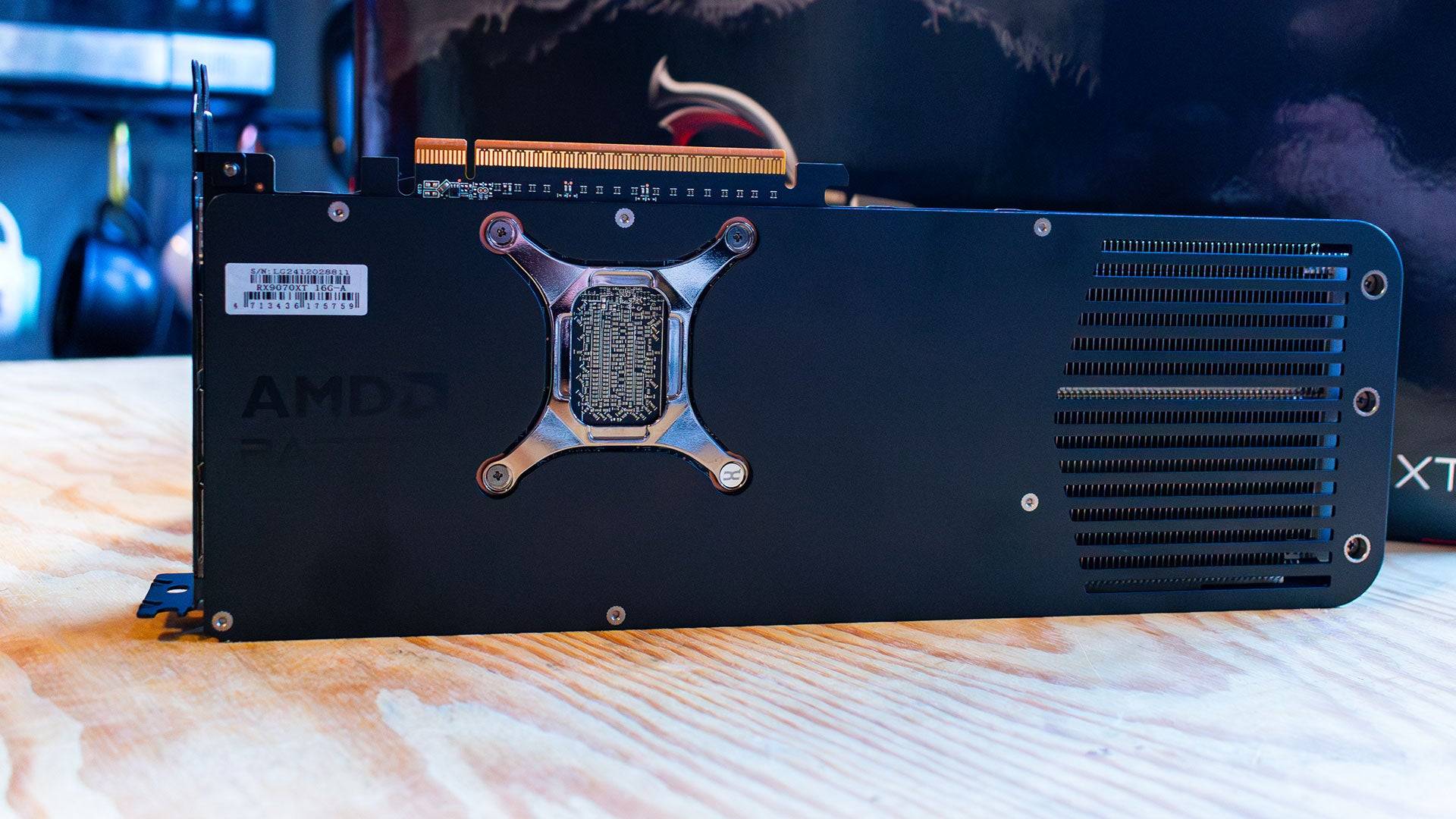
Specs and Features
------------------Built on the RDNA 4 architecture, the AMD Radeon RX 9070 XT boasts significant improvements to its shader cores, but the real highlights are the new RT and AI Accelerators. The AI Accelerators power FidelityFX Super Resolution 4 (FSR 4), introducing AI upscaling to AMD GPUs for the first time. While FSR 4 doesn't necessarily boost framerates over FSR 3.1, it significantly enhances image quality. Users looking for higher framerates can easily disable FSR 4 via the Adrenalin software.
AMD has also upgraded its shader cores, improving performance per core. Despite the RX 9070 XT having fewer Compute Units (64) than its predecessor, the RX 7900 XT (84), it delivers a substantial generational leap at a more affordable launch price. Each Compute Unit contains 64 Streaming Multiprocessors, totaling 4,096, along with 64 ray accelerators and 128 AI accelerators.
However, the RX 9070 XT comes with less memory than the RX 7900 XT, featuring 16GB of GDDR6 on a 256-bit bus compared to 20GB on a 320-bit bus. This reduction affects both capacity and bandwidth, yet it remains sufficient for most 4K gaming needs. It would have been preferable to maintain the previous memory configuration.
Although the new architecture is more efficient, the RX 9070 XT requires a slightly higher power budget of 304W compared to the 300W of the RX 7900 XT. Interestingly, my tests showed the 7900 XT consuming more power, peaking at 314W versus the 9070 XT's 306W.
Cooling the RX 9070 XT is straightforward given its standard power budget. Notably, AMD has not released a reference design for this GPU, leaving third-party manufacturers to fill the gap. I reviewed the Powercolor Radeon RX 9070 XT Reaper, which features a compact triple-fan design and maintained a stable temperature of 72°C during testing.
The RX 9070 XT uses standard power connectors, requiring two 8-pin PCI-E connectors, making it an accessible upgrade for most users, provided they have a 700W power supply as recommended by AMD. It includes three DisplayPort 2.1a and one HDMI 2.1b port, though a USB-C port would have added more versatility.
FSR 4
-----For years, AMD has needed a competitive AI upscaling solution to rival Nvidia's DLSS. The Radeon RX 9070 XT introduces FSR 4, an AI-powered upscaling technology that significantly reduces ghosting and fuzziness seen in previous versions of FidelityFX Super Resolution. FSR 4 uses AI accelerators to analyze previous frames and game engine data to upscale lower-resolution images to native resolution, offering superior image quality over FSR 3, albeit with a slight performance hit.
In Call of Duty: Black Ops 6 at 4K Extreme settings, the RX 9070 XT achieved 134 fps with FSR 3.1 in "Performance" mode, dropping to 121 fps with FSR 4, a 10% performance loss but with improved image quality. Similarly, in Monster Hunter Wilds, the card managed 94 fps with FSR 3 and ray tracing enabled, decreasing to 78 fps with FSR 4, a 20% drop. This performance hit is expected due to the nature of AI upscaling, but AMD believes the improved image quality will compensate, particularly for single-player games where visuals are prioritized.
FSR 4 is an opt-in feature, easily toggled off in the Adrenalin software if users prefer the performance of FSR 3.1.
AMD Radeon RX 9070 XT & 9070 – Benchmarks
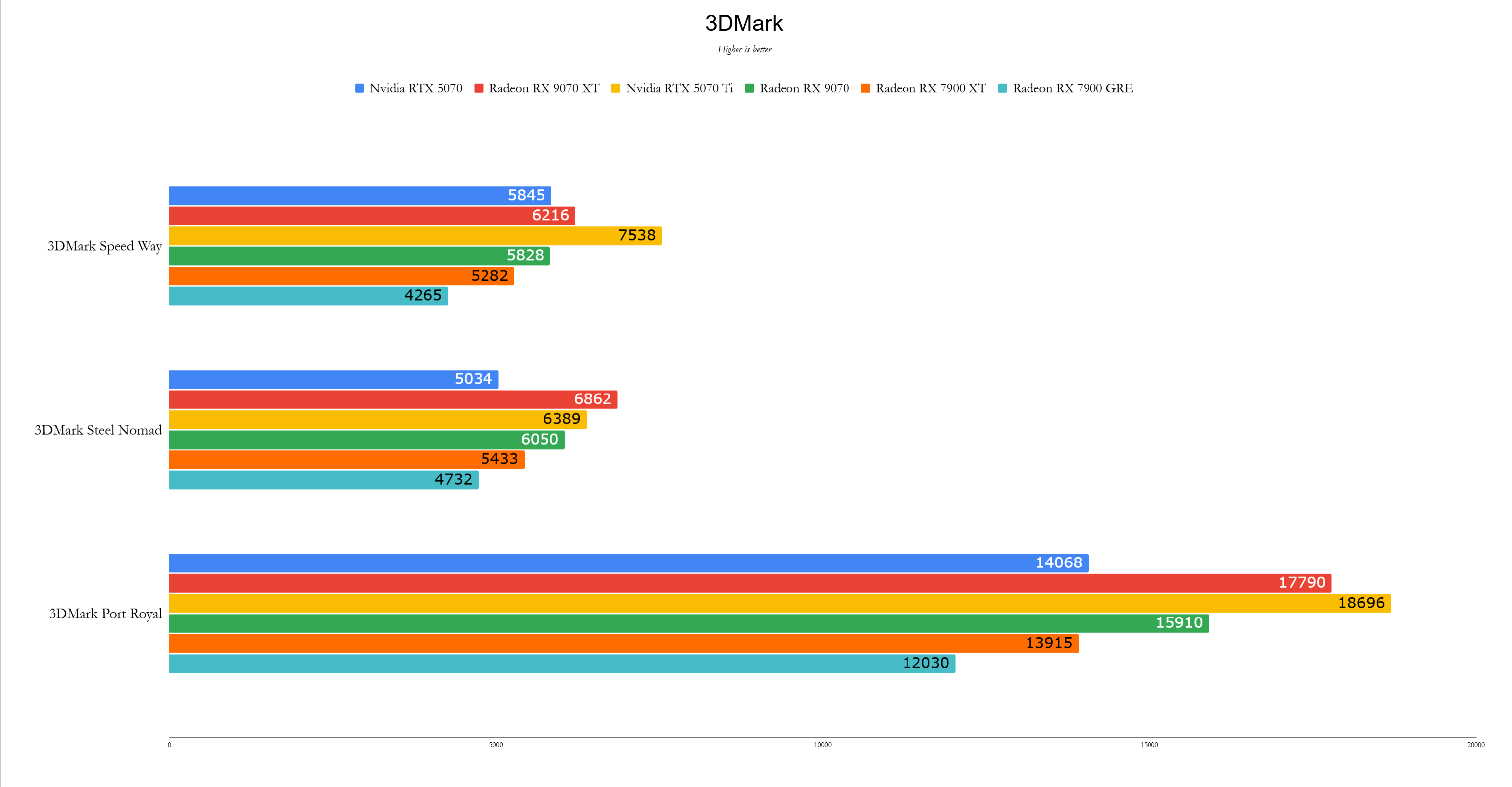
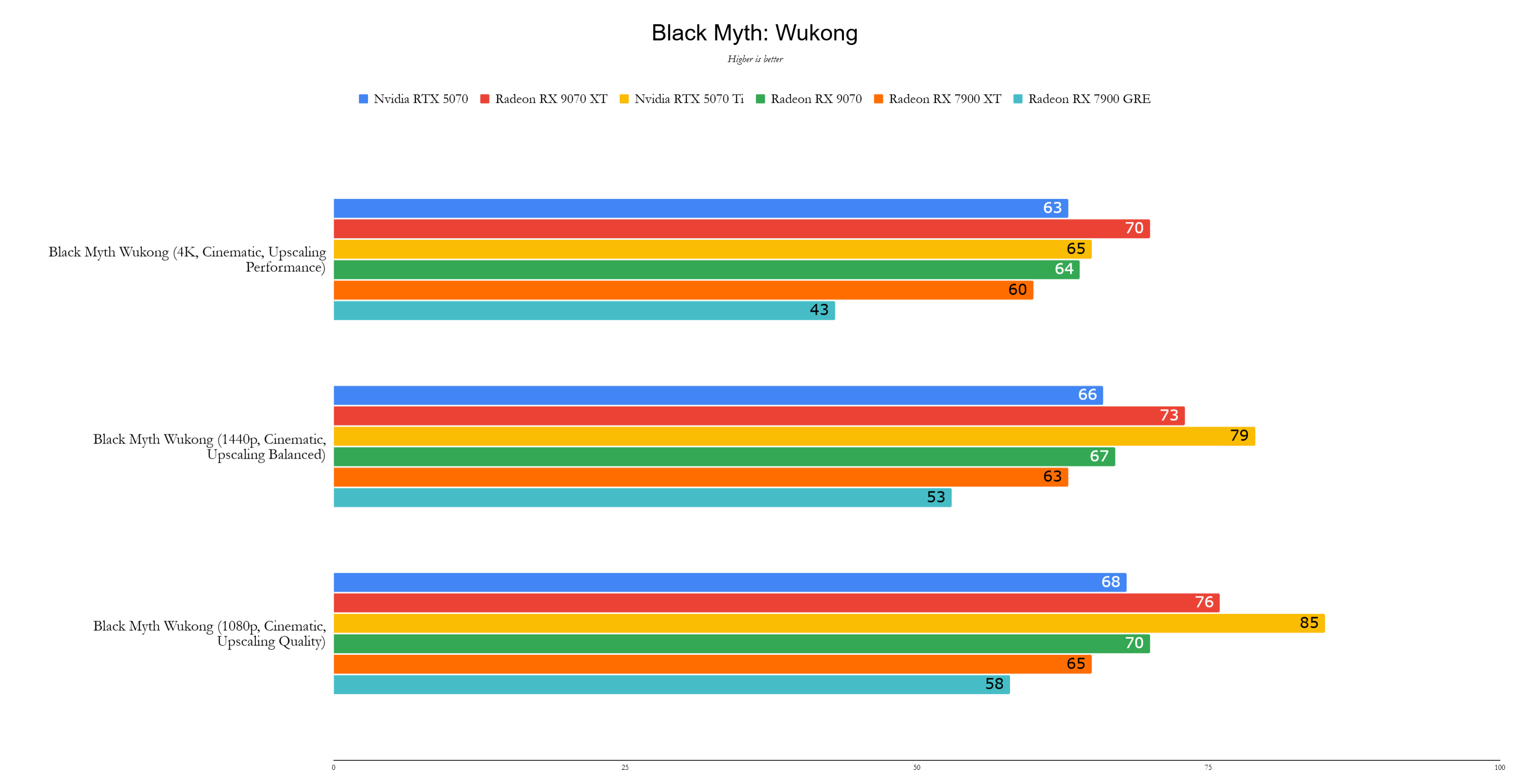 11 Images
11 Images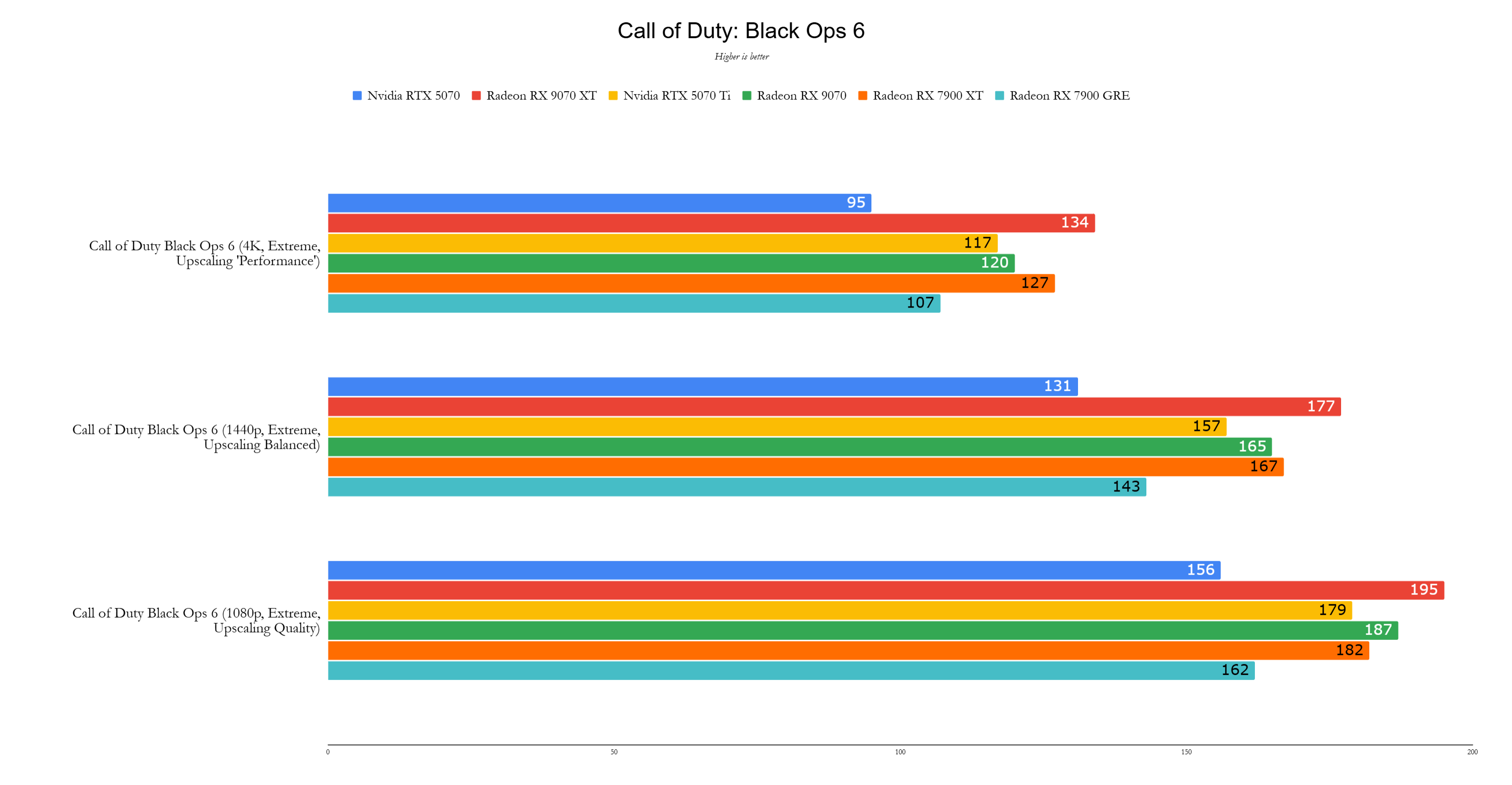
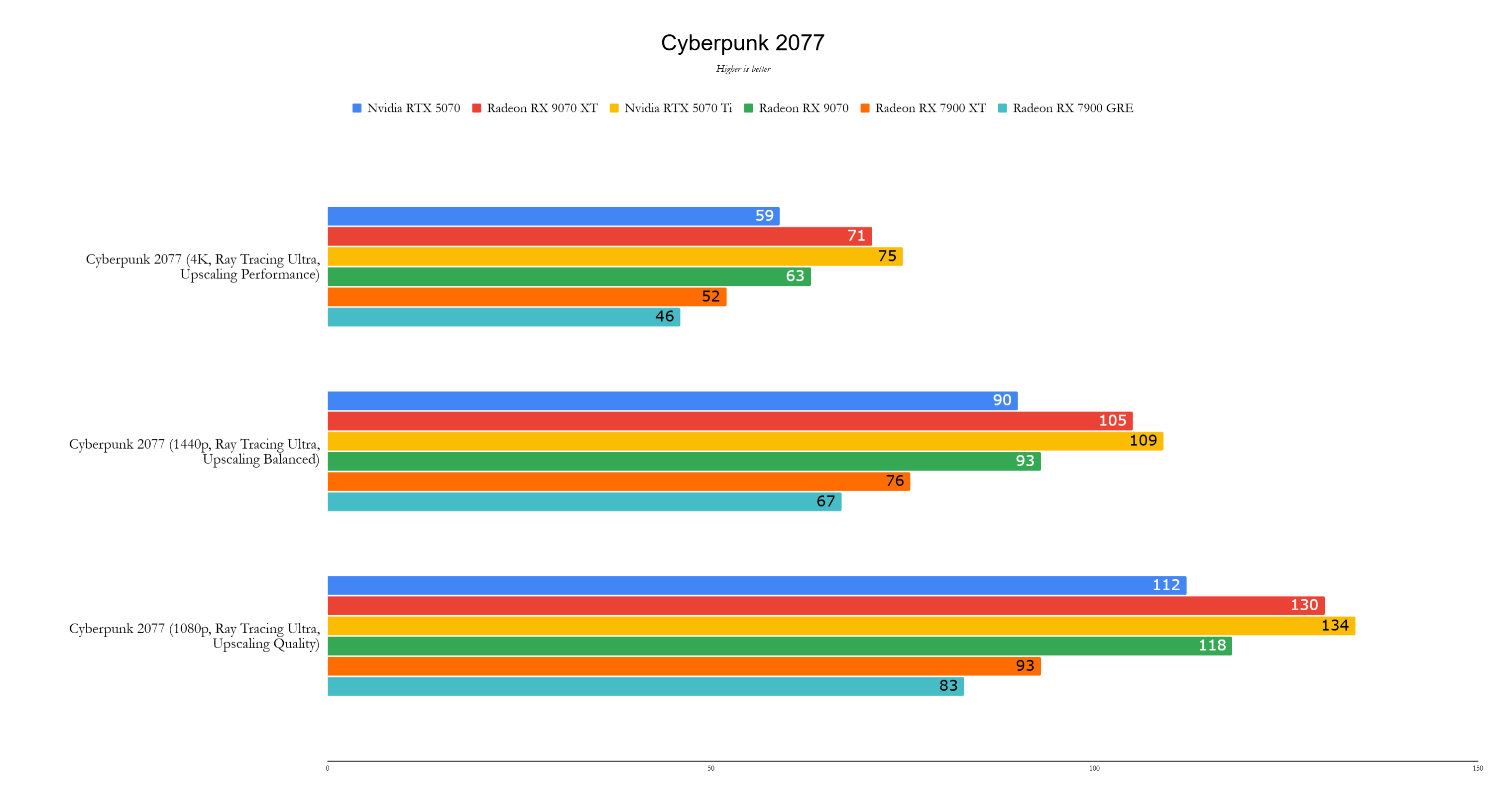
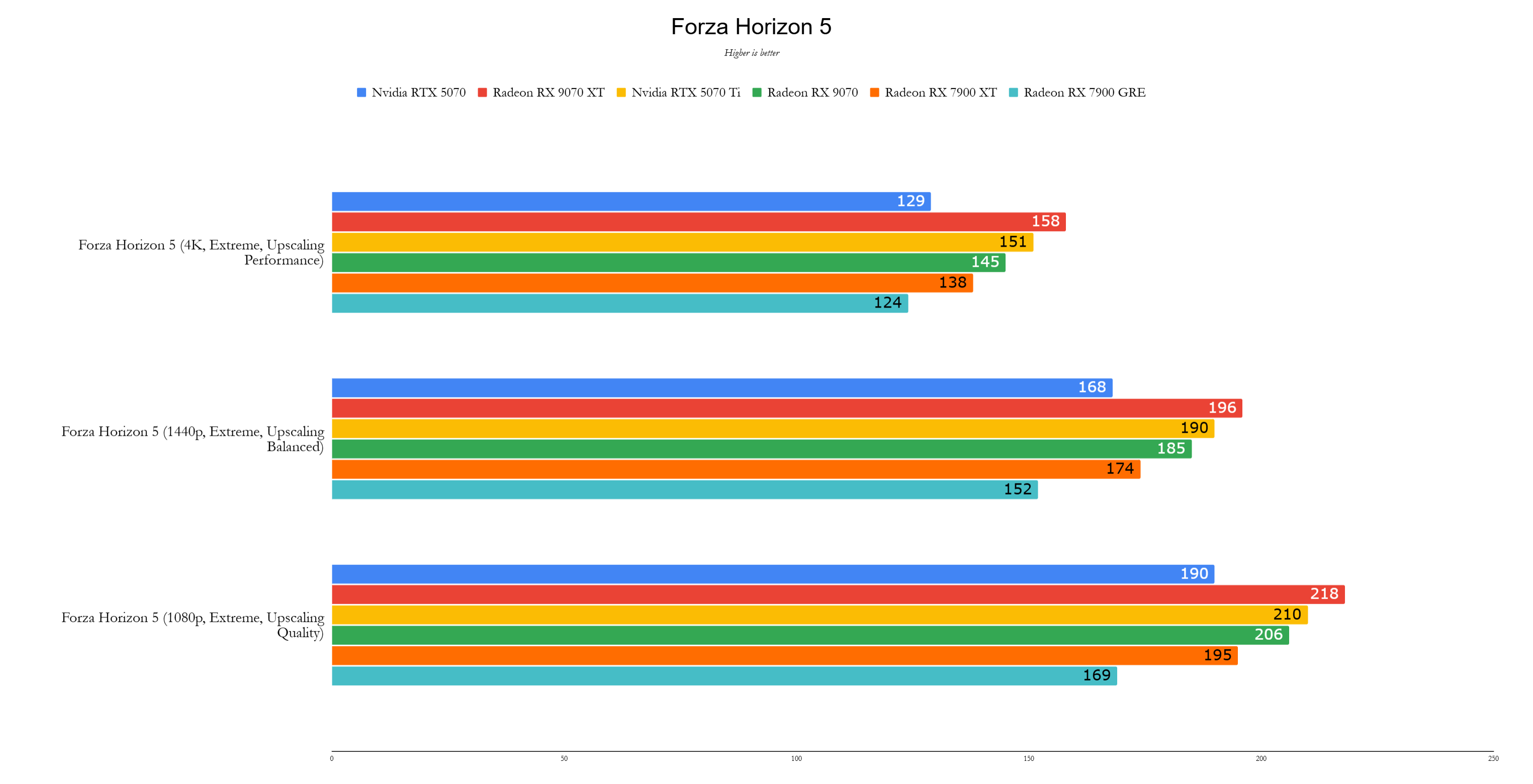
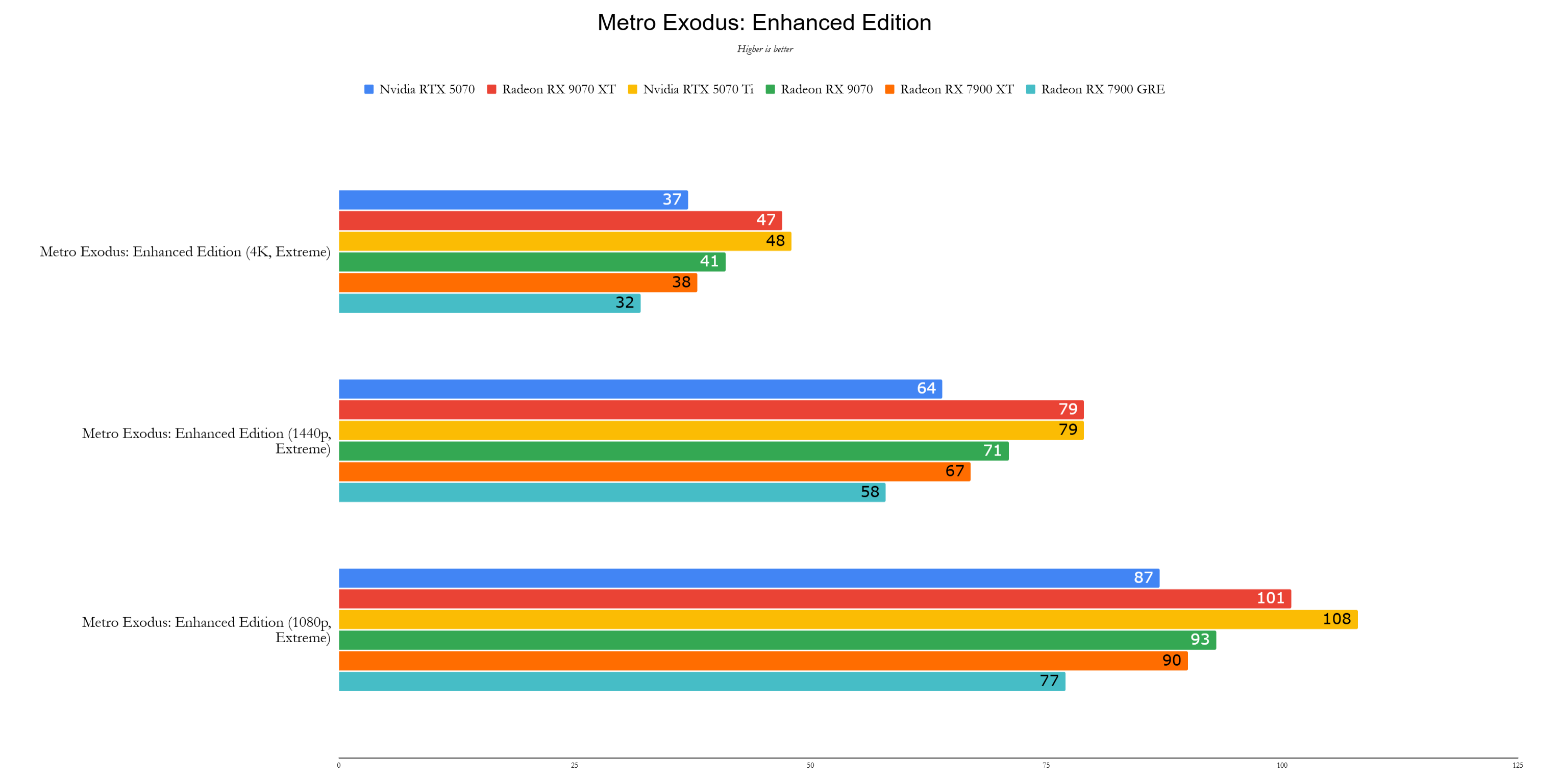
Performance
-----------AMD has delivered a strong contender with the Radeon RX 9070 XT. Priced at $599, it undercuts the Nvidia GeForce RTX 5070 Ti by 21% while being, on average, 2% faster. While there are games where the RTX 5070 Ti outperforms the RX 9070 XT, their competitive performance is a significant achievement for AMD.
Across my test suite, the RX 9070 XT was approximately 17% faster than the RX 7900 XT, which launched at $899 two years ago, and 2% faster than the new $749 RTX 5070 Ti. Its performance at 4K, even with ray tracing enabled, positions it as an exceptional entry-level 4K graphics card.
All graphics cards were tested using the most recent drivers available. Nvidia cards used Game Ready Driver 572.60, with the RTX 5070 on review drivers at the time of writing. AMD cards used Adrenalin 24.12.1, with the RX 9070 XT and RX 9070 on pre-release drivers provided by AMD.
While 3DMark isn't a playable game, it provides a useful comparison of graphics card potential. The RX 9070 XT outperformed the RX 7900 XT by 18% in Speed Way, though it lagged 18% behind the RTX 5070 Ti. However, in the Steel Nomad benchmark, the RX 9070 XT's performance increased to 26% over the RX 7900 XT and even surpassed the RTX 5070 Ti by 7%.
Test System
CPU: AMD Ryzen 7 9800X3D Motherboard: Asus ROG Crosshair X870E Hero RAM: 32GB G.Skill Trident Z5 Neo @ 6,000MHz SSD: 4TB Samsung 990 Pro CPU Cooler: Asus ROG Ryujin III 360In Call of Duty: Black Ops 6, the RX 9070 XT led the RTX 5070 Ti by 15%, showcasing AMD's advantage in this title. Conversely, Cyberpunk 2077, which traditionally favors Nvidia, saw the RTX 5070 Ti only 5% ahead of the RX 9070 XT at 4K with Ray Tracing Ultra and FSR 3 in performance mode.
Metro Exodus, tested without upscaling at 4K, showed the RX 9070 XT achieving 47 fps, nearly matching the RTX 5070 Ti's 48 fps, while the RX 7900 XT struggled at 38 fps. In Red Dead Redemption 2, the RX 9070 XT excelled with 125 fps, outpacing the RTX 5070 Ti's 110 fps.
The RX 9070 XT faced a setback in Total War: Warhammer 3, trailing the RTX 5070 Ti by 13% with 76 fps compared to the RTX 5070 Ti's performance. However, in Assassin's Creed Mirage, it regained its footing, achieving 163 fps, outperforming the RTX 5070 Ti's 146 fps by 12%.
A surprising victory for the RX 9070 XT came in Black Myth Wukong, where it achieved 70 fps at 4K with the Cinematic Preset and FSR at 40%, surpassing the RTX 5070 Ti's 65 fps by 8%. Forza Horizon 5 further demonstrated the RX 9070 XT's competitive edge, achieving 158 fps compared to the RTX 5070 Ti's 151 fps.
Announced quietly at CES 2025, the Radeon RX 9070 XT seems like AMD's strategic move against Nvidia's Blackwell graphics cards. Priced at $599, it brings a sense of balance back to the graphics card market. While not as fast as the RTX 5080 or RTX 5090, those cards are overkill for most users and cost significantly more.
The last great flagship graphics card felt like the GTX 1080 Ti, launched at $699 in 2017. While the RX 9070 XT may not claim the title of the fastest consumer card, it feels like the first worthy flagship since then.

 Related Articles
Related Articles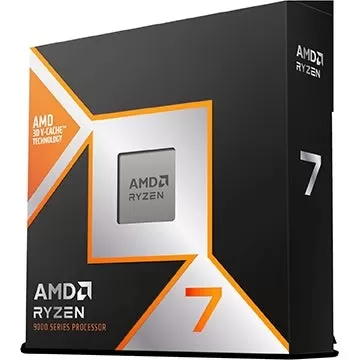
 May 25,2025
May 25,2025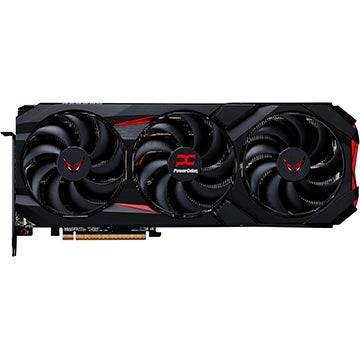

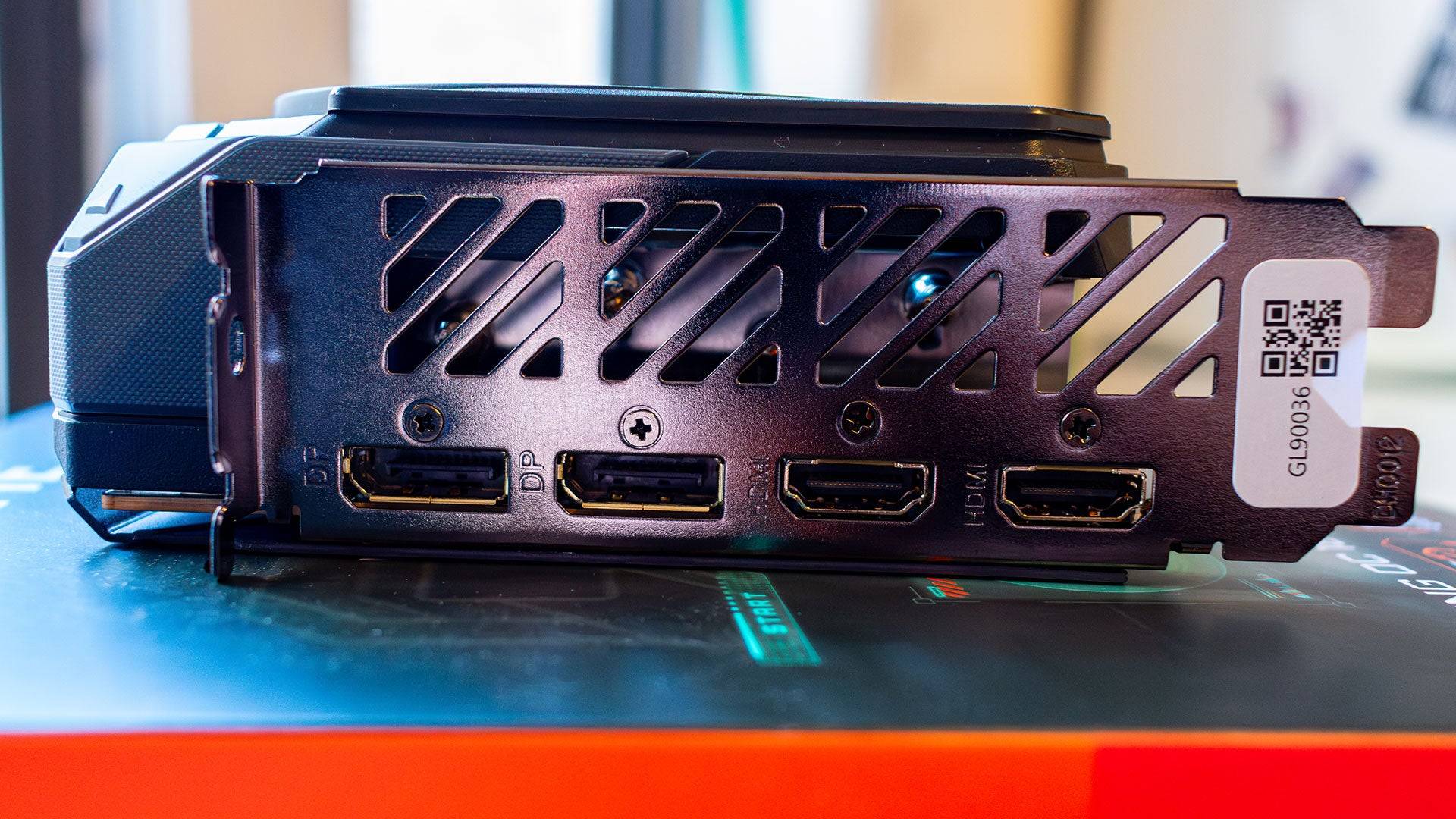
 Latest Downloads
Latest Downloads
 Downlaod
Downlaod




